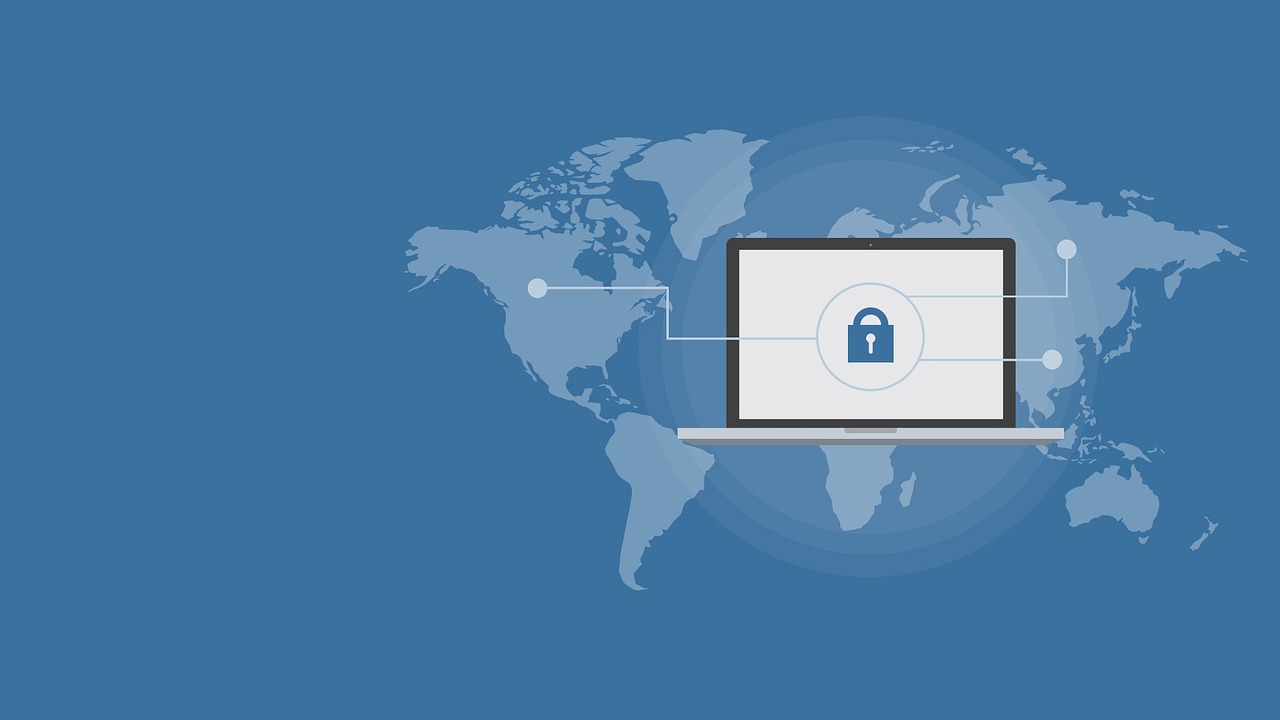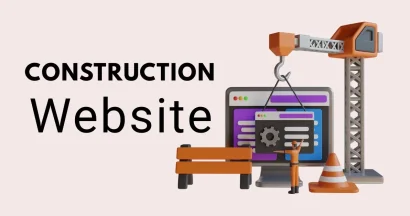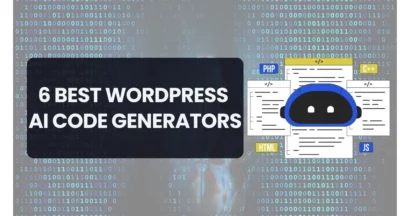There is nothing criminal in the word “bot”, as not all of them can harm your website. In fact, a bot is a program that automatically performs certain actions on your site.

There are plenty of bots that are required for the Internet to work properly: They constantly examine your site, performing their tasks. For example, search engine bots index the website in search results. That’s why you still need to know How to Protect Your Website.
Because there are pretty many malicious bots that should be eliminated immediately. Each type of bot requires unique protection measures, but most of them could be easily removed by antispam by CleanTalk.
How to Protect Your Website?
Protect Your Website: Types of Malicious Bots
All malicious bots are classified. Their list is constantly updated by major protection services. However, their number increases every day, so it is worth defining the types of bots that require special attention:
1. Spambots
These are programs that leave comments and send letters with third-party links, malicious codes, and Trojans. The danger of spambots increases with their ability to automatically register on the site, obviously, select logins and passwords. Hence, the protection against spambots includes:
- The development of the authorization procedure;
- The installation of spam protection plugins;
- The manual monitoring and filtering of emails and users.
2. Parsing bots
These are programs that steal content, personal data, emails, and other information from a certain site. The creation of a parser is not a difficult thing, especially for CMS running PHP. The protection against content theft is the most difficult task. You can do it independently by monitoring the access log or using special programs.
Advanced bot protection requires understanding attacker infrastructure. Modern scraping bots increasingly utilize residential proxy networks like NodeMaven to:
• Rotate through authentic ISP-assigned IPs
• Mimic human browsing intervals
• Evade IP-based blocking systems
Countermeasures should include:
- Behavioral fingerprinting beyond IP analysis
- Proxy detection APIs identifying residential gateways
- Granular geo-access rules for sensitive endpoints
3. Password guessing bots
These bots try to find a login and password for your site to get administrator access. In most cases, brute force is used to crack passwords. The bot generates passwords and reports if the correct one was found. In some cases, a PC is capable of delivering millions of options per second. To protect your website against such bots, you can use:
- Very complex passwords;
- Special plug-ins;
- A two-factor authentication.
4. Vulnerability Search Bots
Any CMS has security vulnerabilities. The fight against such bots means the constant updating of the system. As a rule, a vulnerability is immediately fixed by the new security release, otherwise the likelihood of a site hacking increases.
How to Protect Your Website from The Rising Danger of Botnet
Having learned the types of malicious bots, you will not be surprised to hear that they may work together. A botnet is a network of PCs that hackers remotely control. Here are some basic things to Protect Your Website.
Criminals use botnets to interfere with someone’s laptop, phone, tablet, or PC. They may not even be detected by antivirus, and you may not even realize that your device is a part of the botnet. A cybercriminal acting as a botmaster uses Trojan viruses to violate the security of several PCs and connect them to the network for malicious purposes.
Each infected PC acts as a “bot” and transmits some malware, spam, or malicious content. The botnet is sometimes called the “zombie army” because PCs are controlled by anyone but not their owner.
A botnet structure usually takes one of two forms: a client-server model or a peer-to-peer model (P2P) to Protect Your Website.
How to Protect Your Website from Types of Botnet Attacks?
There are several possible scenarios of how the botnet may be used:
1. Distributed Denial of Service
The botnet can be used for the Distributed Denial of Service attacks (DDoS) to damage network connections and services by overloading computing resources. From this viewpoint, the most commonly used attacks are TCP SYN and UDP.
DDoS attacks can damage any service connected to the Internet. The destructive effect can be increased by using recursive HTTP streams on the victim’s website. It means that bots follow all the links in the HTTP path. This form of attack is called the “web” and can be used to effectively increase the load of a certain site.
Note: You may want to learn more about Ways to secure your WordPress site.
2. Spam and Traffic Monitoring
We can use bots for detecting sensitive data on infected or zombie PCs. They can also find competitor’s botnets. Some bots offer to open a SOCKS v4/v5 proxy server. When the SOCKS proxy server is activated, it can be used for various purposes, for example, to send spam.
Bots use a packet analyzer to track information transmitted by an infected PC. A sniffer can receive some confidential data, such as a username and password.
3. Keylogging
Surely, using a keylogger, a botmaster can easily obtain confidential information and steal user’s data. With the keylogger program, an attacker can collect only those keys that are typed in a sequence of keywords. A type of spyware identified as OSX/XSLCmd exported from Windows to OS X includes blogging and screen capturing.
4. Massive Data Theft
Different types of bots can interact to commit large-scale identity theft, which is one of the fastest-growing crimes. Using bots, criminals can pretend to be representatives of well-known brands and ask users to provide their personal data, such as bank account passwords and credit card information.
5. “Pay Per Click” Abuse
The Google Ads program allows websites to run Google ads and make money from them. Google pays money to website owners based on the number of clicks received from ads. Infected PCs are used to automatically click on links which increase the number of fake clicks.
Protect Your Website: Conclusion
Is it possible that your website or software may be a part of the botnet, but you have no idea about it? We assure you that it can happen to anyone. Website anti-bot protection is much more complicated than protection from hacking. The activity of bots is not always clearly visible, for example, content theft or hundreds of spam comments.
However, the damage from their activity can be much worse than a single hacking. If you have become a target for the bot attack — use the special programs mentioned above or ask for professional help. You should protect your website by all means, and with some help if possible.
What type of bots have you dealt with? What means of protection did you use? How can you Protect Your Website? Share your recommendations with us or ask your questions in the comments.
Read More: WordPress Security: List of Essential Plugins and Tips
Contact US | ThimPress:
Website: https://thimpress.com/
Fanpage: https://www.facebook.com/ThimPress
YouTube: https://www.youtube.com/c/ThimPressDesign
Twitter (X): https://twitter.com/thimpress


